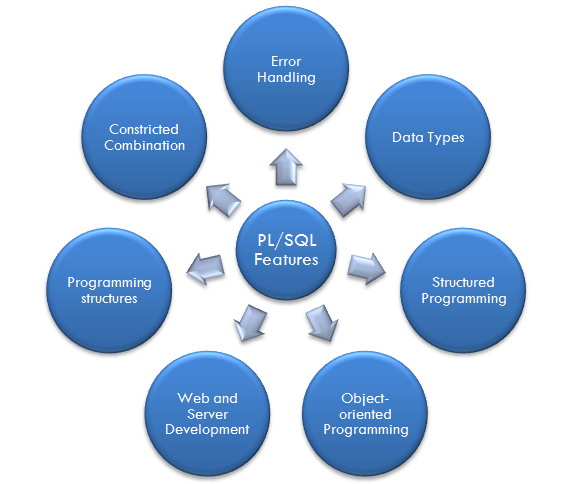Home »
PL/SQL
Introduction to PL / SQL in DBMS
PL/SQL Introduction: Here, we are going to learn about the PL/SQL, introduction to PL/SQL, features of PL/SQL, advantages and disadvantages of PL/SQL.
Submitted by Anushree Goswami, on May 29, 2019
SQL queries act as statements that are run over the database. But the technical world needs various functionalities altogether in order to work with a large amounts of data. PL / SQL is also one of them.
PL / SQL means procedural language/structured query language. This is an extension of SQL. As the name suggests, it writes an SQL program in a procedural format. It is the highly structured language. SQL helps us run one action at a time in the database simultaneously. But what if one wants to do different actions together? Then we will need a certain type of pattern.
PL / SQL is programming in Pattern. It is an essential member of the Oracle Programming tool set and is used to encode programming by the server, SQL programming. PL / SQL is also a non-sensitive registry language such as SQL.
It extends SQL by adding constructs found in another procedural language, such as variables, a structure of control as if otherwise, cycles, a procedure, a function, and more advanced programming functions such as cursors, triggers, exception handling. PL / SQL programming is performed in the block structure.
Features of PL/SQL

Advantages of PL/SQL
- It provides Constricted combination with SQL.
- It provides Improved performance.
- It provides Advanced Productivity.
- It provides Complete Compactness.
- It provides Constricted Security.
- It provides Access to Pre-defined Packages.
- It Supports for Object-Oriented Programming.
- It Supports for Rising Web Applications and Pages.
Disadvantages of PL/SQL
PL / SQL loses its importance with the fact that, SQL is enough to run the program, with as many steps possible and work precisely.
Advertisement
Advertisement